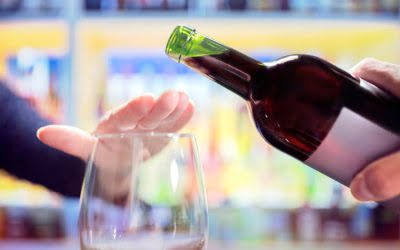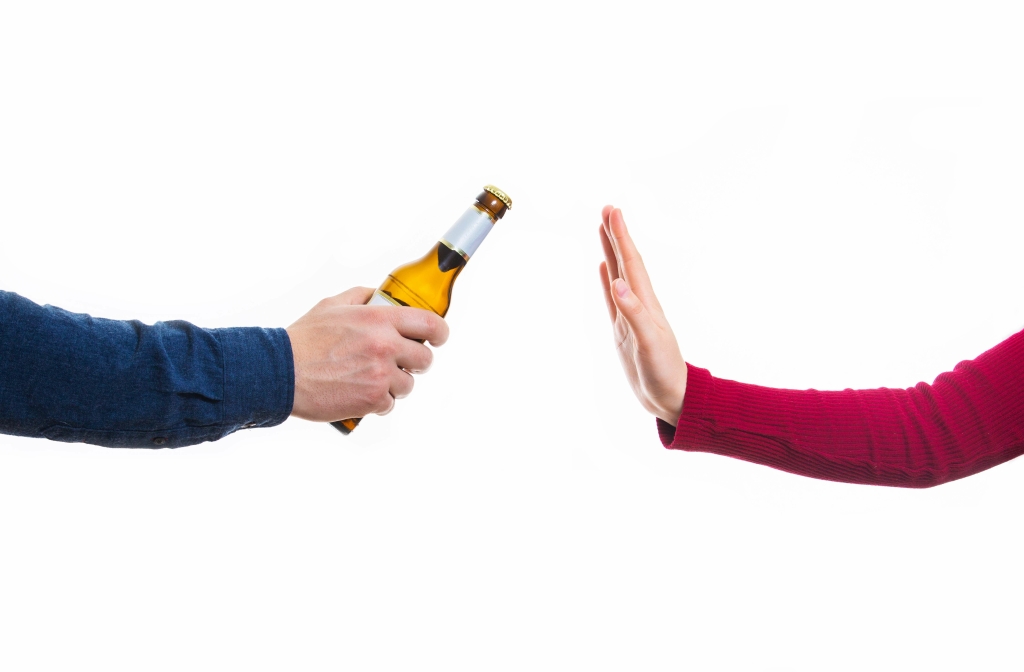Alcoholism and Appearance: How alcohol abuse damages looks
After about one month of no-alcohol breaks, acne and inflammatory skin conditions like rosacea (as long as they’re not triggered by factors other than alcohol) go away. Washing hands with soap is safer than alcohol hand sanitizer to reduce the health risk. To fully understand the skin risk, further research is needed on the effects of different forms of alcohol in hand sanitizers. Some effects of alcoholic face, like spider veins, can’t be reversed without cosmetic procedures like laser therapy. Treating other skin effects requires getting to the root of the issue. In the case of alcoholic face, it’s all about cutting back on drinking alcohol.
Lifestyle changes are often a crucial part of managing alcohol rashes. This primarily involves reducing or eliminating alcohol consumption. It’s worth noting that alcohol intolerance is a lifelong condition that is inherited, meaning it will not go away. https://www.national-staff.com/how-to-quit-drinking-for-now-or-forever-2/ However, by avoiding alcohol, individuals can manage and reduce the symptoms to lead a healthy, active life 4. Understanding the causes, symptoms, and diagnosis of alcohol allergy can help individuals recognize and manage this condition effectively. By avoiding alcohol or certain types of alcoholic beverages, individuals with an alcohol allergy can reduce their risk of experiencing adverse skin reactions and other symptoms.
However, one aspect that often goes overlooked is the impact of alcohol consumption on skin health. In this comprehensive guide, we will explore the relationship between alcohol and skin health, shedding light on the effects and providing insights for informed decision-making. There are so many health benefits of not drinking alcohol, but not everyone wants to give up alcohol completely or give non-alcoholic wine a go. In a study published in 2018, researchers found that heavy drinkers had a higher risk of developing autoimmune diseases, including psoriasis.

Understanding Alcohol in Skincare
If you’ve ever had to nurse a hangover, nausea and vomiting are commonly part and parcel of the ordeal. While throwing up can make you feel miserable, it is one of your body’s self-defense mechanisms to remove excess toxins from the alcohol consumed. Alcohol is one possible culprit for heartburn because it may lead to increased production of stomach acid.
How alcohol affects your skin after a day, month, year – and what to do about it
- Excessive alcohol consumption can lead to dehydration, which affects the skin’s barrier function, making it more prone to irritation, dryness, and the development of rashes.
- The immune system plays a crucial role in controlling inflammation and skin cell growth.
- Studies report a high prevalence of spider veins in alcoholics, reaching 46.7% in one study.
- This is because of an inactive genetic variant that is involved in processing alcohol.
Therefore, it’s essential to consult with a healthcare professional to develop a personalized treatment plan. The ultimate goal is to alleviate discomfort and improve overall skin health, allowing those with alcohol rashes to enjoy a better quality of life. Treating and managing alcohol rashes involves a combination of medical treatments and lifestyle changes. The goal is to alleviate the symptoms and prevent future flare-ups.
Skin Changes From Liver Disease

Dr. Small’s professional experience encompasses General Psychiatry, Addiction Psychiatry and Family Medicine. These compassionate services are reliable, responsive, personable, and evidenced based. Most of the team providers carry multiple board certifications in psychiatry, addiction medicine and family medicine. They recruit the best and brightest addiction medicine professionals to deliver the highest level of treatment.
The refreshing oil-free formula is perfect for using before your moisturiser to give your skin a super-hydrated and plumped appearance. This hydrating serum drenches skin with long-lasting moisture by combining hyaluronic acid with VICHY’s highest concentration of Volcanic Mineralizing Water, rich in minerals. The lightweight gel texture of the serum is soothing upon application, supporting the skin’s natural barrier and defending against pollutants – and the effects of a hangover. Just because you’re not drinking booze, does alcohol come out of your pores it doesn’t mean you can’t enjoy a fancy cocktail.
Research has demonstrated that long-term heavy drinking weakens the heart muscle, causing cardiomyopathy. Alcohol misuse can also lead to high blood pressure, an irregular heartbeat (arrhythmia), or increased heart rate. Chronic, heavy drinking raises the risk for ischemic heart disease (heart problems caused by narrowed arteries) and myocardial infarction (heart attack). marijuana addiction Reducing or eliminating alcohol from your diet may lead to fewer flare-ups.
A crucial step in preventing long-term skin damage, without giving up alcohol, is by carrying out a disciplined skin care regimen. “Never skip your nighttime skin care routine, no matter how tired. Apply an extra-rich moisturizer before bed to combat dehydration, and consider using antioxidant-rich products the next morning to help repair your skin’s barrier function,” says Dr. Kohli. Another way to neutralize the adverse effects of alcohol consumption on your skin is by taking a B-complex vitamin before drinking, as alcohol depletes these essential nutrients, says Dr. Kohli. Alcohol such as whiskey, vodka, and beer is diuretic, meaning it increases urination, thereby making you dehydrated. The more dehydrated you are, the more sullen and dry your skin appears; it even becomes prone to wrinkles and other fine lines.
- While having a glass of wine on occasion shouldn’t cause skin health issues, frequent and excessive alcohol consumption can.
- This can worsen symptoms of existing skin conditions such as eczema, leading to more visible and uncomfortable flare-ups.
- Unfortunately, white wine tends to be high in sugar too, just like cocktails.
Like cocktails, the high sugar content in white wines can also lead to dull, sallow skin and puffiness – the last thing you want for your face. Dark spirits, such as whiskey and brandy, contain congeners – chemicals such as tannins and methanol which are created in the fermentation process – and these make hangovers worse. In fact, dark spirits generally make for the worst hangovers and are the worst culprits for bad skin.
Body Odor and Sweat Glands

Alcohol may worsen these patches, making them more prominent and painful. If your face flushes when you drink, you may have some degree of rosacea. This common skin condition causes your face — especially your cheeks, nose, chin, and forehead — to turn red. Some studies show alcohol might raise your odds of getting rosacea if you don’t already have it. Alcohol dehydrates and inflames the skin, and causes premature aging.
Prioritizing good sleep hygiene alongside reducing alcohol consumption could yield positive results. While having a glass of wine on occasion shouldn’t cause skin health issues, frequent and excessive alcohol consumption can. If you’re a frequent drinker, quitting alcohol can bring positive changes to your skin’s health. In fact, photos of people’s skin before and after quitting alcohol demonstrate that with time, you can reverse much of the damage caused by drinking. However, for skin conditions related to AUD, liver disease, or excessive alcohol consumption, the best preventive measure is to stop drinking alcohol.

